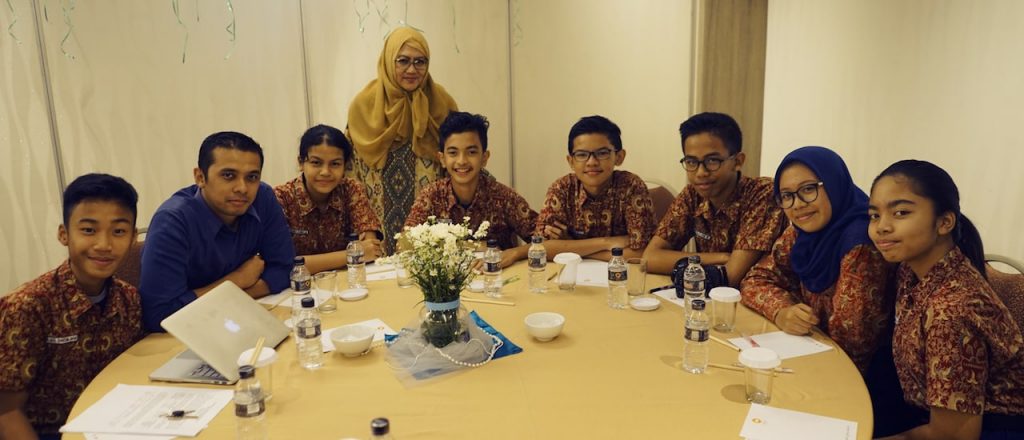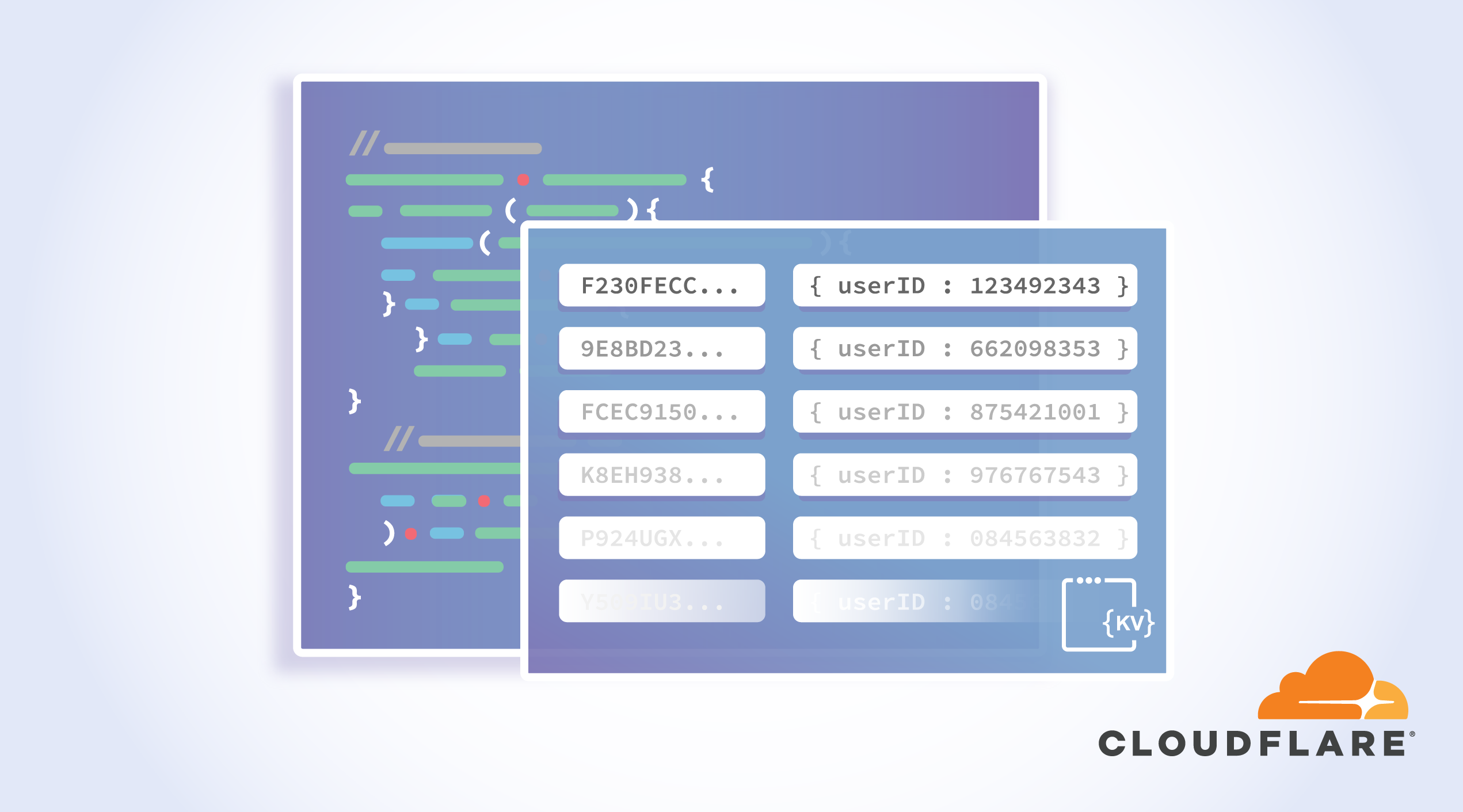Oculeus anti-fraud offering protects against telecom system abuse
When most enterprise companies worry about having their systems hacked by attackers, the main concern is for the enterprise networks. Few companies consider that their phone systems may be vulnerable to hacking resulting in costly toll fraud. Nevertheless, the practice of hacking into corporate PBX systems and injecting fraudulent calls over the network is causing billions of dollars in damage worldwide every year.Enterprise companies use modern PBX (private branch exchange) systems to run their communications. A PBX switches calls between enterprise users on local lines while allowing all users to share a certain number of external phone lines. Modern PBX systems work on the Session Initiation Protocol (SIP), which is a signaling protocol used for initiating, maintaining, and terminating real-time sessions that include voice, video, and messaging applications.To read this article in full, please click here

 Sprint takes the next step on its path toward the launch of 5G services in the first half of 2019, seemingly with or without T-Mobile.
Sprint takes the next step on its path toward the launch of 5G services in the first half of 2019, seemingly with or without T-Mobile.







 Bloomberg’s network engineers are using Apstra’s software to gain visibility across the network fabric supporting the building's media production systems.
Bloomberg’s network engineers are using Apstra’s software to gain visibility across the network fabric supporting the building's media production systems.